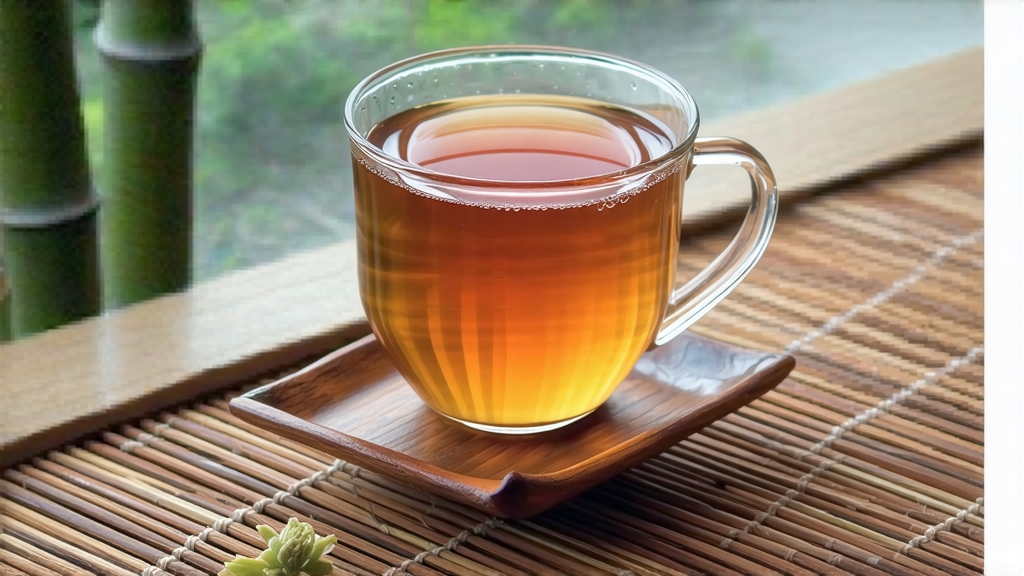
If green tea is the youthful face of Chinese tea and pu-erh its venerable elder, then white tea occupies the quiet hour just before dawn—pale, fragrant, and luminous with possibility. Among the six major families of Chinese tea, white tea is the least tempered by fire and human hands, cherished for the way it preserves the original breath of the leaf. Within this minimalist category, no offering is more revered than Bai Hao Yin Zhen, translated literally as “White Hair Silver Needle.” Named for its silhouette—slender buds sheathed in silvery down that catch the light like polished pewter—Silver Needle is the apex of white tea craftsmanship, a beverage once reserved for imperial courts and now sought by tea aesthetes from Melbourne to Montreal. To understand Silver Needle is to step into the cool mountain mists of northern Fujian, to listen for the hush that falls when dew still clings to the tea garden, and to witness a craft that measures success by how little it does to a leaf.
History and provenance
White tea’s documented history reaches back to the Song dynasty (960-1279), when the royal court received compressed “white cakes” as tribute. Yet Silver Needle as a loose, needle-shaped tea did not emerge until the late eighteenth century, after the Qing court lifted its monopoly on compressed tribute teas and allowed leaf-style teas to be traded along the Min River. Fuding and Zhenghe—two counties in Fujian separated by a spine of granite peaks—competed to refine the pick standard, eventually settling on only the unopened bud, plucked in the brief window before Qingming festival when spring nights are still chilly enough to slow oxidation enzymes.
European merchants first encountered Silver Needle in the 1850s through the port of Fuzhou, describing it in trade logs as “silver-tip imperial” and marveling at its perfume of “fresh hay and melon rind.” By the 1890s, Fuding counties were exporting roughly 200 tonnes annually to Hong Kong, Singapore, and London, where it was blended into delicate afternoon offerings for Edwardian drawing rooms. The twentieth century brought civil war and trade disruptions; Silver Needle all but vanished from Western markets until the 1990s, when China’s domestic specialty boom revived traditional white tea craft. Today, Fuding remains the geographic indication stronghold, though small gardens in Yunnan and Guizhou experiment with the cultivar, producing stylistic variations that purists greet with polite skepticism.
Cultivar and terroir
Authentic Silver Needle is made almost exclusively from Fuding Da Bai Hao, a sexually propagated tea plant selected during the Song era for its corpulent bud and high amino acid content. The bush is medium-leaf, slow-growing, and frost-tolerant; at 400–700 m elevation it develops a thicker cuticle, concentrating the silvery trichomes that protect the tender apical bud from mountain chill. Soils are lateritic granite, rich in potassium yet fast-draining, forcing roots to struggle and thereby concentrating aromatic precursors. Proximity to the East China Sea injects maritime fog into the valleys, moderating daytime heat and lengthening the withering phase—nature’s first step toward white tea’s signature flavor.
Harvest calendar
Silver Needle is a spring-only tea. Picking begins when five-day mean temperatures reach 15 °C, typically between mid-March and early April. Experienced pluckers use a “twist-and-snap” motion to detach the bud without the adjacent leaf; any slight incision oxidizes later into a rust blemish that lowers grade. A skilled picker gathers barely 500 g of fresh buds per hour; 30,000 buds—enough to fill a single 500 g tin—represent one woman’s dawn-to-dusk labor. The buds are deposited into shallow bamboo baskets lined with hemp cloth to prevent compression bruising, then carried downhill before the sun grows harsh.
Craft: the art of doing almost nothing
Unlike green tea, Silver Needle is never pan-fired or rolled. Its processing can be written in a single breath—wither, bake, sort—yet each step is a meditation on moisture, air, and time.
- Outdoor withering: Buds are laid 2 cm thick on water-reed mats set in shaded courtyards. For 24–36 hours they bask in the gentle convection of mountain breeze, losing roughly 60 % moisture. Turners use feather fans every hour to ensure even airflow; direct sunlight is avoided lest the leaf bleach and lose its amino-sweet core.